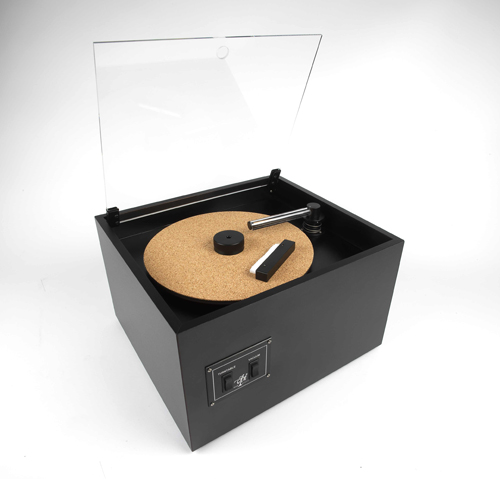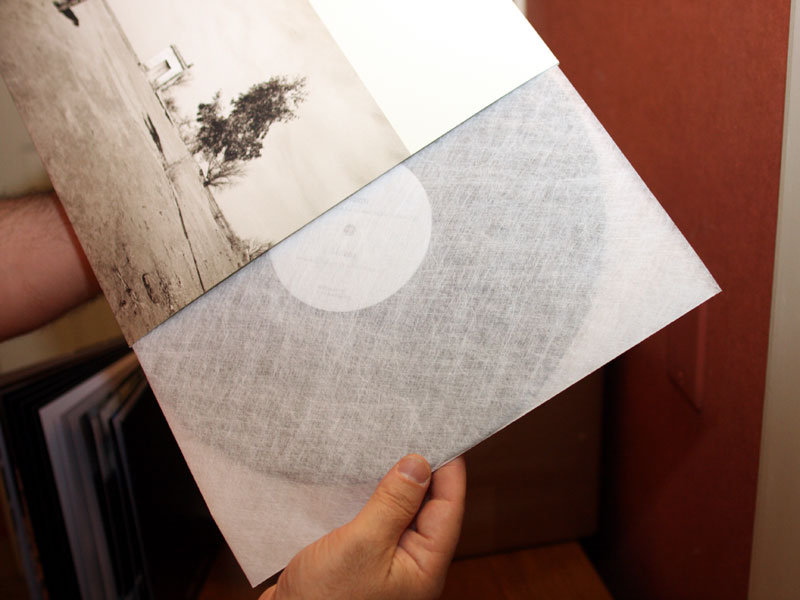Buying and Caring for Records
The collectible secondhand record market is an expensive place where it is essential to know what you are doing. But at the other end of the scale there are multiple sources of discs that cost pennies. The chances of finding fabulously rare recordings at peanuts prices are thinner than slim these days, but there’s a wealth of solid material available that will allow you to explore artists, bands, composers and even whole genres for around a few dollars a disc. And the beauty is that if you find a cheap disc in poor condition but you really love the music, that just starts the search for a better copy. But building a collection is one thing, looking after it -- or maintaining the collection you’ve already got -- is quite another, and really benefits from a little thought and planning. Storage – The way you store records has a huge effect on their condition and longevity. You should always stand them on edge, never stacking them flat. You should always keep them as near vertical as possible and you should never make the stacks too deep. The ideal solution lies in the various modular storage systems available from the likes of Ikea, most of them offering 13” or 14” cubes or shelves. Just be aware that records are heavy, so avoid saving money by going for longer-span shelving -- it will just sag under the weight. Cleaning – There are a whole host of dedicated vinyl cleaning products on the market, from simple brushes to sophisticated fluids. The thing to look for here is a brush for everyday use and a fluid to clean new purchases -- the best being the ones that avoid alcohol in their formulation. We’ve had the best results using the L’Art du Son and Disc Doctor products. But the key element in record cleaning is the use of a good vacuum machine. While you can clean records manually, it is a laborious and tedious task. A simple record cleaner like the VPI HW16.5 (shown above) will spin the disc for you to apply the fluid and then suck the record dry -- and the quicker and easier the task, the more willing you’ll be to get it done. The HW16.5 is so quick and simple to use that you can literally clean each disc as you come to play it. Don’t think that cleaning fluids only apply to grubby secondhand purchases either. Wet cleaning is particularly important on new records that are often contaminated with mold-release agent from the pressing plant. This produces rustling and clicking background noise that a good clean will almost totally remove.
Fresh sleeves – Having cleaned a dirty record, there’s no point replacing it in a dirty sleeve, so make sure that you have a supply of clean, good-quality inner sleeves in which to place the newly cleaned discs. Whilst this isn’t necessary with audiophile releases or reissues that should come in good-quality liners, many current albums are released in simple paper or card inners that should also be replaced with a better-quality inner sleeve, like the MA Recordings sleeve shown above. Just don’t throw away the original -- especially if it is printed. Although at first they are a little less than intuitive to use, The D-shaped Nagaoka sleeves are excellent, affordable and can be used inside existing sleeves, so they are a good choice if you can source them. The trick is to put the disc in the Nagaoka sleeve and then slip it into the main sleeve or liner, rather than trying to leave the thin Nagaoka sleeve inside the existing one. |

 he
best thing about owning a record player is the vast range of musical opportunities it
opens up. Not only is there the burgeoning market in 180-gram releases from audiophile
reissue houses and the increasing number of current titles being made available on vinyl,
but there’s a huge stock of secondhand discs just waiting to be explored.
he
best thing about owning a record player is the vast range of musical opportunities it
opens up. Not only is there the burgeoning market in 180-gram releases from audiophile
reissue houses and the increasing number of current titles being made available on vinyl,
but there’s a huge stock of secondhand discs just waiting to be explored.